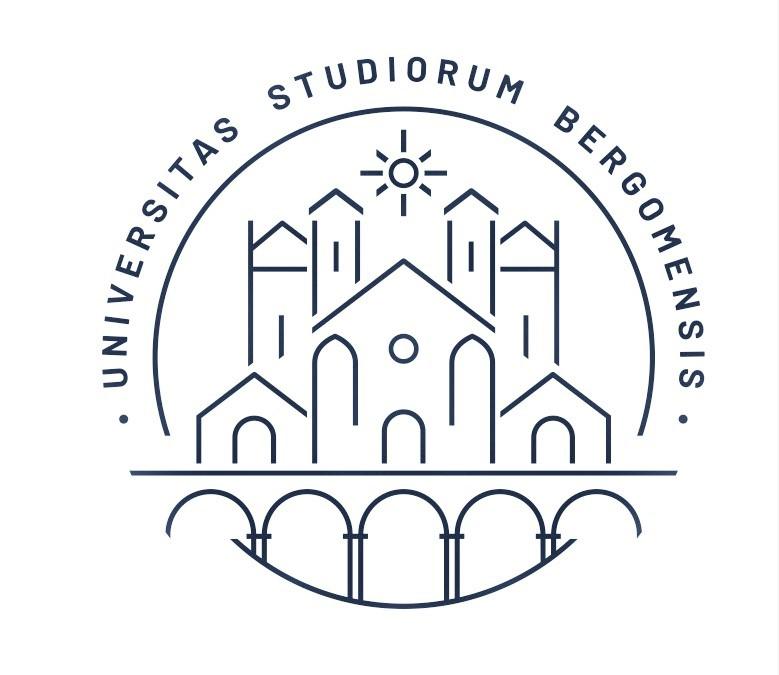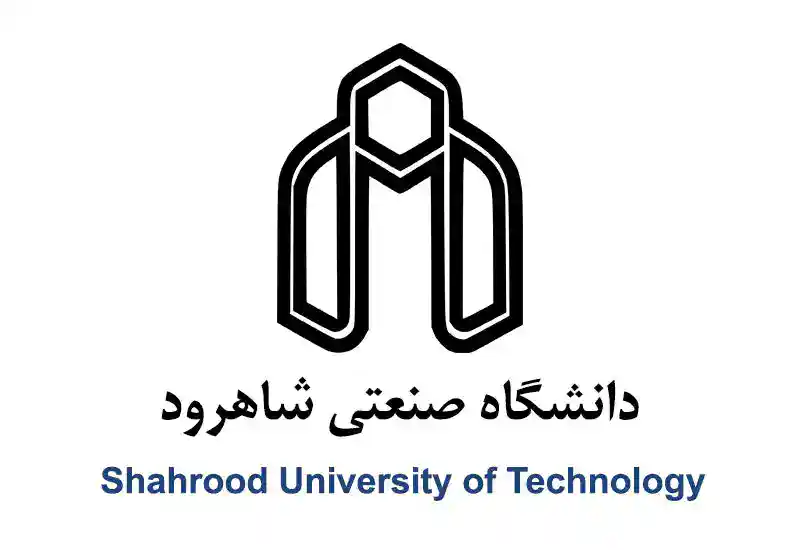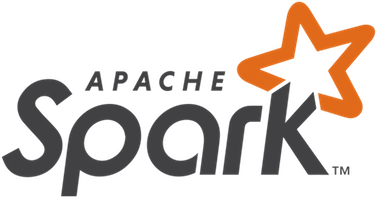
Arash Abedi
Computer Engineer

Computer Engineer
I am a Computer Engineer with a strong focus on data science and data engineering. Over the years, I have developed expertise in these fields, refining my skills in various programming languages, data analytics, machine learning algorithms, and big data technologies. My technical proficiency allows me to design and implement efficient solutions that harness the power of data to drive innovation and informed decision-making.
Throughout my career, I have worked on a multitude of projects, collaborating with cross-functional teams to drive data-driven decision-making processes and optimize performance.

Data Science and Data Engineering Pathway
2023-2025
Faculty of Electrical and Robotic Engineering
2009-2013
Developed as part of a collaborative effort between the University of Bergamo and ENEA (Italian National Agency for New Technologies, Energy and Sustainable Economic Development), the goal of this project is to build a scalable and production-ready pipeline for unsupervised machine learning models aimed at anomaly detection and to address challenges in analyzing energy consumption data from public street lighting systems. The full project and source code are available on GitLab.
2025Designed and orchestrated end-to-end ETL/ELT pipelines for Vodafone Italy on Google Cloud Platform, enabling seamless data integration, transformation, and efficient loading processes.
Developed and optimized Machine Learning pipelines for anomaly detection and predictive modeling on GCP, leveraging scikit-learn and advanced unsupervised learning techniques (PCA, Isolation Forest, LOF) to uncover anomalous patterns and enhance data-driven decision-making.
Advanced data analysis using SQL on BigQuery, Microsoft SQL Server, and Oracle SQL, with query optimization for performance and scalability.
Developed and optimized desktop applications using PyQt, designed to streamline user interactions with various relational database management systems (RDBMS). These applications enhance workflow efficiency by providing an intuitive graphical interface, allowing users to manage and query data seamlessly without needing to write SQL commands manually.





